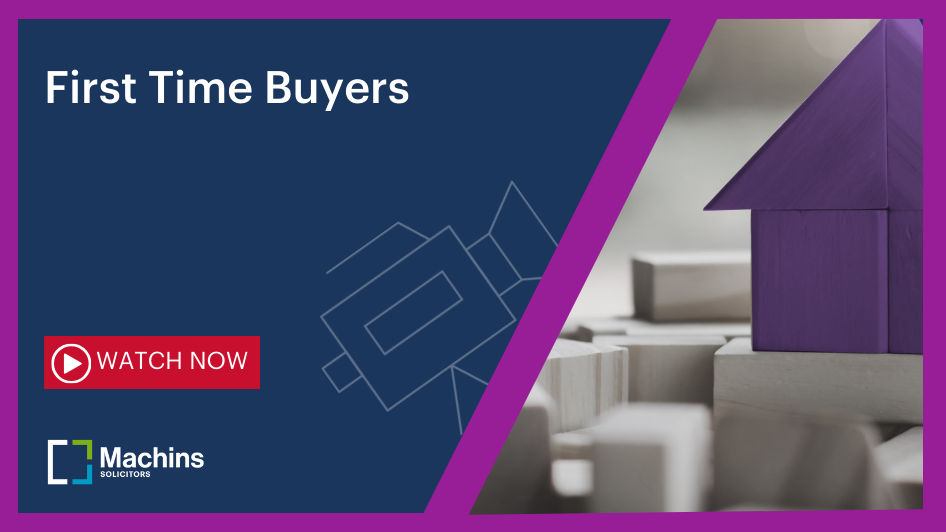Buying your home is a major milestone in life. It can be both exciting and nerve-wracking at the same time. It also involves important legal and administrative issues that come under the umbrella title of conveyancing. But what does conveyancing involve? Here are some of the key steps.
Instruction
Conveyancing begins with you ‘instructing’ a solicitor to make sure all the necessary legal and administrative requirements are met. You’ll then need to provide your solicitor with information about the property you’re buying and your circumstances.
Searches and Enquiries
Your solicitor will conduct various searches and enquiries to gather information about the property and its surrounding area. This is to ensure nothing is going to happen that might affect your decision to buy…such as a new road or factory being built nearby. This process may include local authority searches, environmental searches, water authority searches, and more. Your solicitor may also raise enquiries with the seller’s solicitor to clarify any outstanding issues or concerns.
Reviewing the Contract
Once all the searches and enquiries have been completed, your solicitor will receive the draft contract from the seller’s solicitor. They will review the contract thoroughly, paying close attention to the terms and conditions, property boundaries, fixtures and fittings, and any special conditions. If any issues or discrepancies are identified, your solicitor will negotiate with the seller’s solicitor to resolve them.
Mortgage Arrangements
If you’re buying a property with a mortgage, this step involves working closely with your mortgage lender. Your solicitor will liaise with the lender to ensure that all the necessary mortgage arrangements are in place. This includes obtaining a mortgage offer, reviewing the terms and conditions, and ensuring your interests are protected.
Pre-Exchange of Contracts
Before the exchange of contracts, your solicitor will ensure that all the necessary checks and preparations have been completed. They will review the final contract and search results, advise you on any outstanding issues, and confirm your readiness to proceed.
At this stage, you will also need to pay a deposit, usually around 10% of the property’s purchase price, which will be held by your solicitor in a client account.
Exchange of Contracts
The exchange of contracts is a significant milestone because both buyer and seller are then legally bound to complete the transaction. Your solicitor will liaise with the seller’s solicitor to agree on a mutually convenient exchange date. On the day of the exchange, your solicitor will transfer the deposit to the seller’s solicitor, and the contracts will be exchanged. Once the contracts are exchanged, the completion date is set.
Completion
On the agreed completion date, your solicitor will transfer the remaining balance to the seller’s solicitor. Once the payment is received, you will officially become the owner of the property. Your solicitor will register the property in your name with the Land Registry and provide you with the necessary documents as proof of ownership.
Post-Completion
After completion, your solicitor will handle the post-completion tasks, which may include paying stamp duty, arranging for the transfer of utilities, and updating the Land Registry records. They will also provide you with a detailed breakdown of all the costs incurred during the conveyancing process.
Conveyancing plays a crucial role in the smooth transfer of property ownership. It’s important to get the process right for each step along the way to ensure that all legal and administrative requirements are met.


















